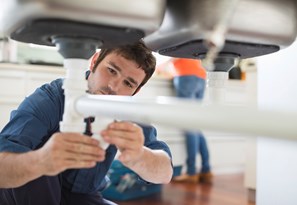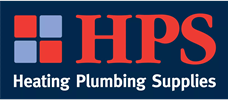What to look out for when starting in the gas and plumbing industry: Common mistakes
Find your course today
Gas and plumbing systems are the unsung heroes of modern infrastructure, quietly ensuring our homes and businesses run smoothly. However, even a minor mistake in their installation or maintenance can lead to significant consequences, from costly repairs to hazardous situations. In this blog, we'll explore some of the common mistakes made in gas and plumbing work, and how to avoid them.

Ignoring regulations and codes
One of the gravest errors in gas and plumbing work is ignoring building codes and regulations. These codes exist to ensure the safety and integrity of the systems. Failing to adhere to them can result in dangerous leaks, structural damage, or even legal repercussions. Always research and follow local building codes and regulations before starting any gas or plumbing project. It is also vital that you have the correct qualification to carry out the work.
Improper pipe sizing
Using pipes that are too small or too large for the intended application can lead to inefficiencies and potential hazards. Undersized pipes restrict flow, causing pressure drops and reduced performance. Conversely, oversized pipes result in wasted material and increased installation costs. Properly sizing pipes based on flow rate, pressure requirements and material compatibility is crucial for optimal system performance.
Inadequate ventilation
Proper ventilation is essential for gas appliances to operate safely and efficiently. Inadequate ventilation can lead to the buildup of carbon monoxide, a colourless and odourless gas that poses a severe health risk. Ensure that gas appliances, such as furnaces, water heaters, and stoves are properly vented to the outdoors according to manufacturer specifications and local codes.
Improper pipe support and alignment
Failing to adequately support and align pipes can result in leaks and premature failure. Proper pipe support prevents sagging which can lead to noise and damage to pipe fittings. Additionally, pipes should be correctly aligned to prevent undue stress at joints and connections. Use appropriate hangers, straps and supports to secure pipes according to code requirements and industry best practices.
Gas and plumbing systems are integral components of our daily lives, requiring careful attention to detail and adherence to best practices. By avoiding common mistakes such as ignoring regulations, inadequate ventilation and improper pipe support, you can ensure the safety, efficiency and longevity of your customers gas and plumbing systems.
All our courses ensure that attendees understand the latest regulations and have the skills needed to deliver what is required of them. To book a course online, click here.






